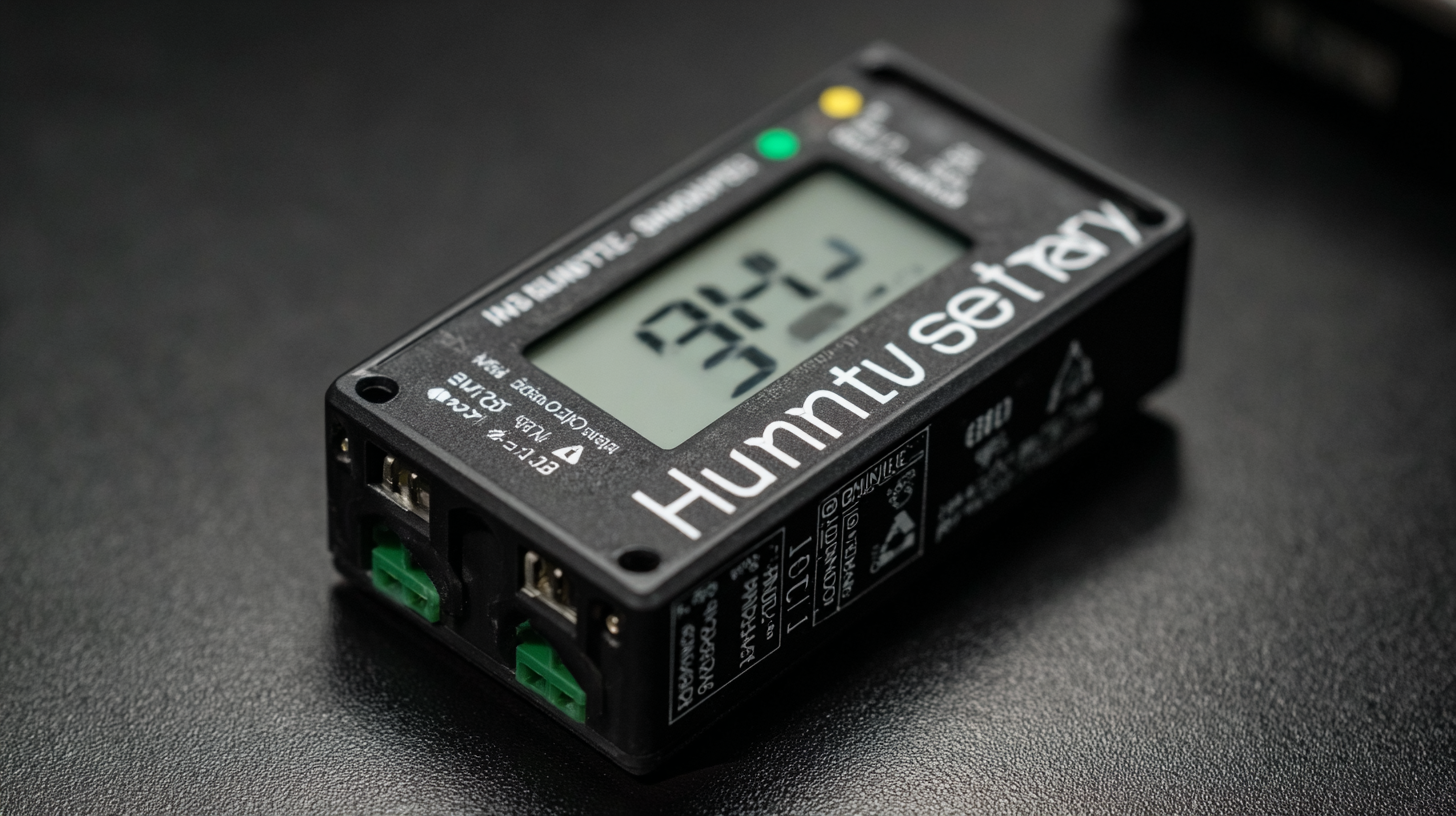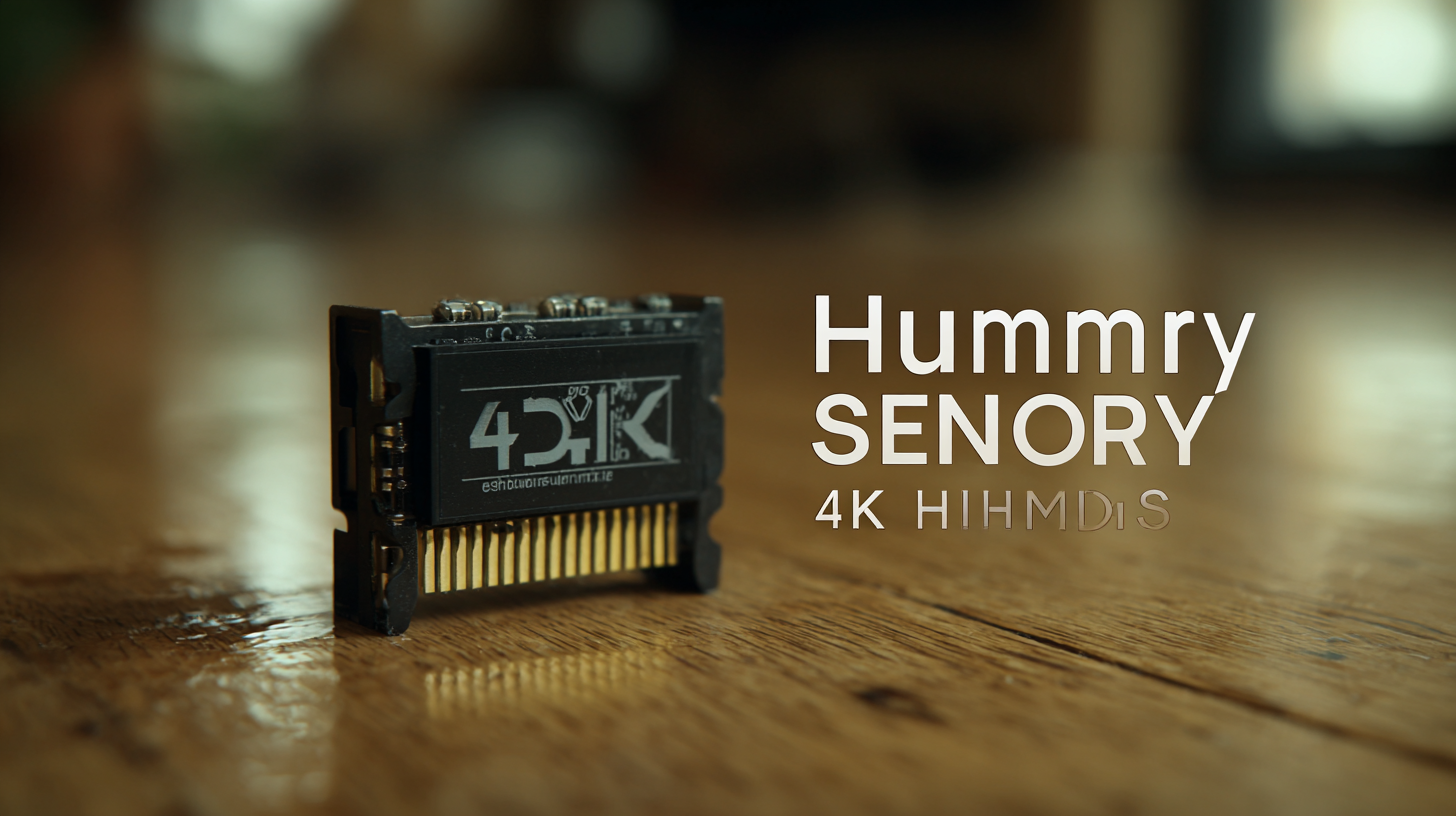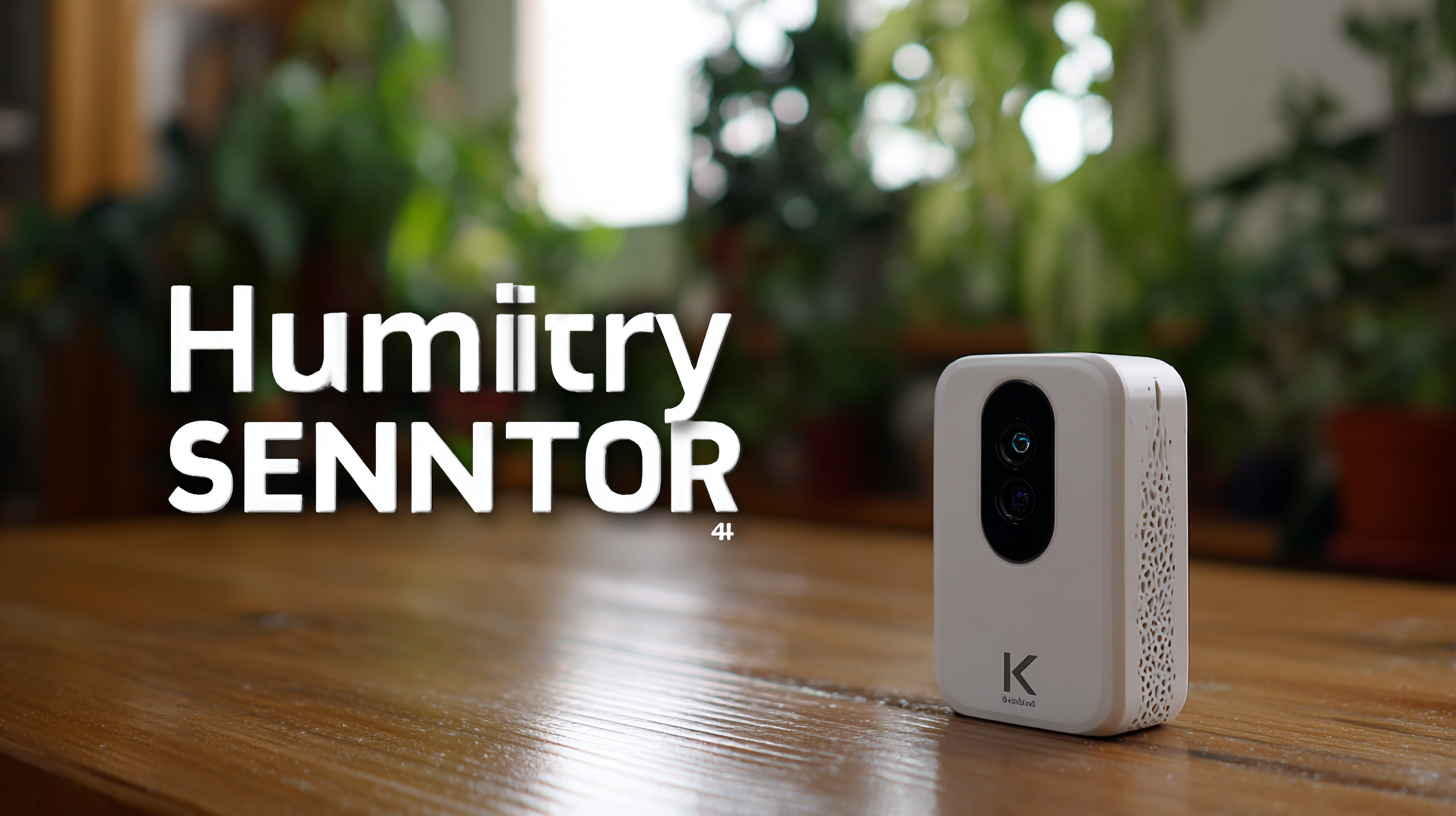
-
Home
-
Product Center
-
Application
-
Support
-
JT Cloud
-
About Us
-
Contact Us
Leave Your Message

In recent years, the demand for effective humidity management in residential environments has surged, driven by growing awareness of air quality and its significant impact on health and comfort. According to a report by MarketsandMarkets, the global humidity sensor market is expected to reach USD 1.8 billion by 2025, with a notable increase in adoption for home applications. A "Humidity Sensor For Home" plays a crucial role in optimizing indoor climates, preventing mold growth, and enhancing energy efficiency. As homeowners increasingly seek smart solutions to monitor and control humidity levels in real-time, understanding the unique features and applications of various humidity sensors becomes paramount. This blog will explore case studies across different industries and provide a comprehensive guide on how to effectively leverage these sensors in residential settings.

Home humidity sensors come with unique mechanisms tailored to their specific applications, employing various measurement techniques to ensure accurate humidity readings. One common technology is capacitive sensing, which relies on changes in electrical capacitance due to fluctuations in moisture levels. The sensor consists of two conductive plates separated by a hygroscopic dielectric material. As humidity increases, the dielectric swells and alters the capacitance, allowing the sensor to provide real-time data on the ambient humidity levels.
Another widely used method is resistive sensing, utilizing materials that change their electrical resistance in response to moisture. These sensors often contain hygroscopic films that absorb water vapor, leading to a change in conductivity. This type of sensor is particularly effective in environments where rapid changes in humidity occur, making them ideal for applications in greenhouses or HVAC systems. Both capacitive and resistive sensors present distinct advantages, allowing homeowners to choose the right technology for their specific humidity control needs, ensuring comfort and preventing issues such as mold growth or dry air conditions.
In the realm of smart homes and IoT devices, humidity sensors play a crucial role in enhancing comfort and efficiency. These sensors monitor the moisture levels in the air, ensuring that environments remain at optimal humidity levels, which is essential for health and comfort. For instance, in a smart home setting, humidity sensors can work in tandem with smart thermostats to regulate air conditioning and heating systems, allowing for automatic adjustments that maintain an ideal indoor climate while conserving energy.
Moreover, the integration of humidity sensors into smart home ecosystems enables users to receive real-time alerts and insights via their smartphones. When levels exceed or drop below preset thresholds, homeowners can take proactive measures to prevent issues like mold growth or excessive dryness. Additionally, these sensors are vital for specific IoT applications, such as smart gardening systems that adjust watering schedules based on the humidity levels detected, ensuring that plants receive just the right amount of moisture. By seamlessly connecting with other devices, humidity sensors not only enhance comfort but also promote sustainability and health within our living spaces.

When evaluating home humidity sensors, a comparative analysis of domestic versus international products reveals notable differences in performance and application. According to a recent report by MarketsandMarkets, the global humidity sensor market is expected to reach $2.4 billion by 2026, with an annual growth rate of 5.3%. This growth is driven by increased demand for smart home systems and environmental monitoring technologies. Domestic sensors, particularly those from companies like Honeywell and Ecobee, are optimized for user-friendly interfaces and seamless integration with existing home automation systems, offering features such as real-time alerts and data logging.
International products, however, often showcase more advanced sensing technologies. For instance, European brands such as Siemens and Bosch implement cutting-edge capacitive sensing methods that can provide more accurate humidity readings under a wider range of conditions. A study published in the Journal of Sensors highlights that international sensors frequently utilize advanced digital technologies, which can enhance sensitivity and reduce lag time in readings by up to 30%. As consumers become more aware of these differences, choosing the right humidity sensor will increasingly depend not only on brand loyalty but also on the specific features that suit their environmental monitoring needs.
Maintaining optimal indoor humidity levels is crucial for enhancing indoor air quality (IAQ) and ensuring a comfortable living environment. Recent studies emphasize that indoor humidity should ideally be kept between 30% and 50% to mitigate health risks such as respiratory issues and discomfort. Poor humidity control can lead to excessive moisture, fostering the growth of mold and dust mites, or, conversely, cause dry air that irritates the skin and respiratory passages. As people spend the majority of their lives indoors, understanding and managing humidity is essential for promoting overall well-being.
Innovative solutions, including advanced dehumidifiers, are being introduced to address these challenges effectively. These appliances not only control humidity levels but also enhance air purification, contributing to a healthier home atmosphere. The integration of smart technology allows for real-time monitoring and adjustments based on fluctuating conditions. Furthermore, studies show that improved air quality and comfort can lead to increased productivity and better health outcomes, making humidity control a vital aspect of indoor environmental management. By investing in proper humidity sensors and control systems, homeowners can significantly elevate their indoor living experience.

In recent years, the humidity sensor manufacturing industry in China has undergone significant transformations, driven by advancements in technology and increasing demand across various sectors. The market is projected to soar, with estimates predicting a growth from USD 1.56 billion in 2025 to over USD 4.02 billion by 2034. Such growth highlights the critical role that humidity sensors play in applications ranging from agriculture to smart housing systems. The rising interest in automated climate control systems within homes and industries has created a robust market for these devices, necessitating stringent quality assurance practices to meet consumer expectations.
Quality assurance within China's humidity sensor manufacturing industry is essential to maintain high standards and ensure reliability. Manufacturers are implementing advanced testing methodologies and adopting international standards to enhance product durability and accuracy. This focus on quality not only supports compliance with global regulations but also boosts consumer trust, fostering a competitive edge in the rapidly evolving market. As Chinese manufacturers continue to innovate and invest in their production capabilities, their ability to produce top-tier humidity sensors will be pivotal in supporting the global demand projected for the coming years.